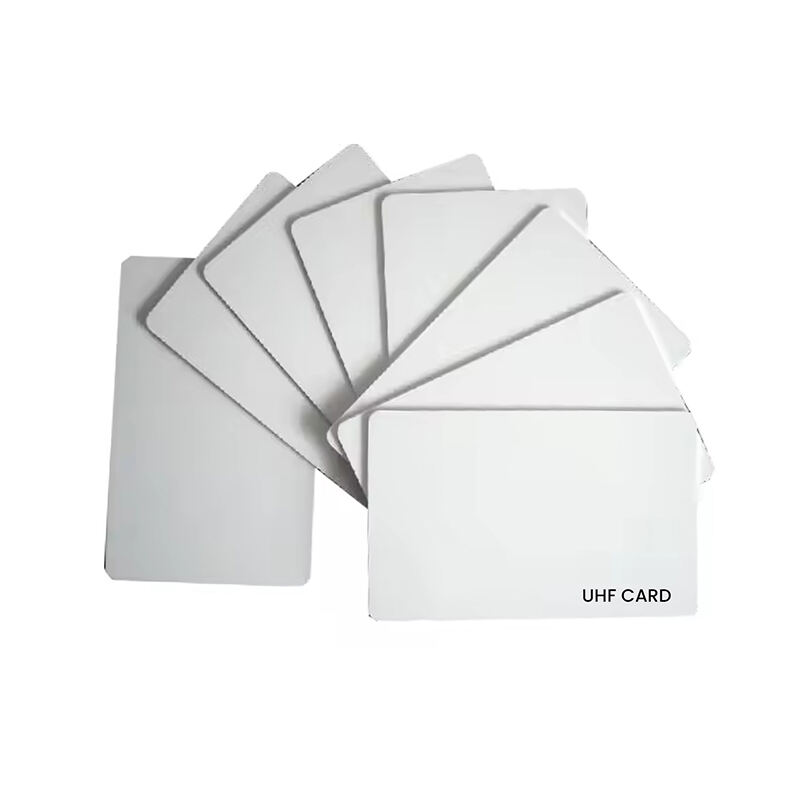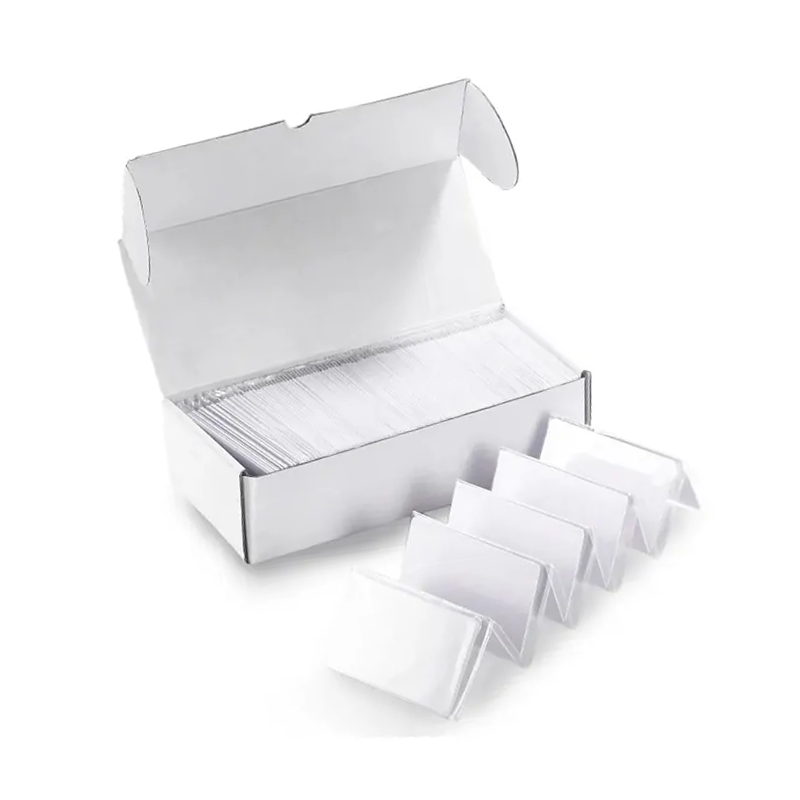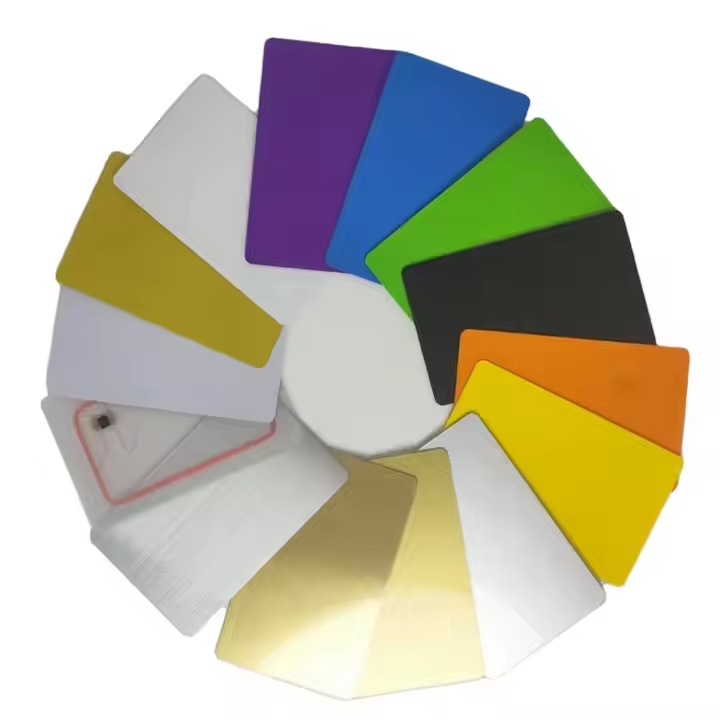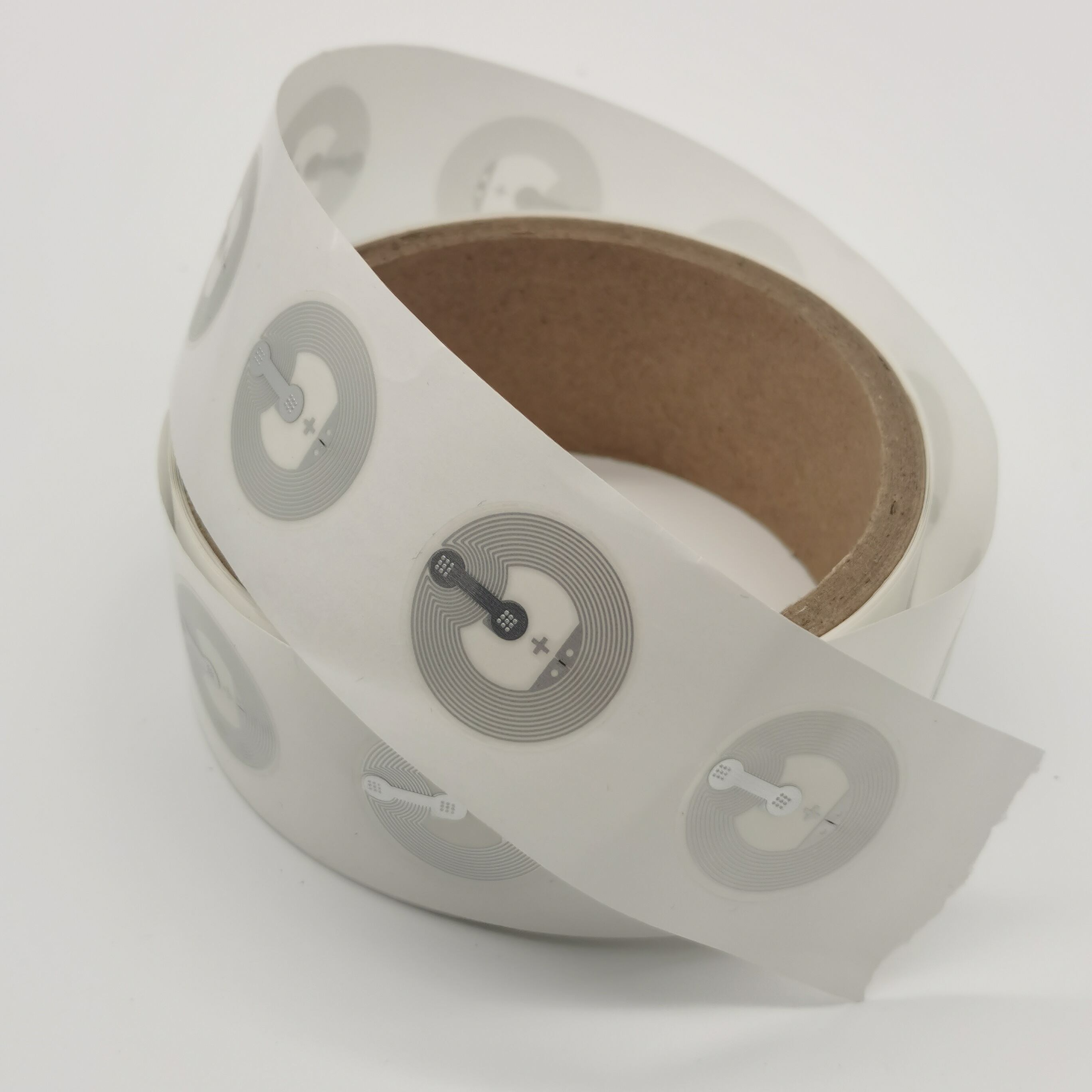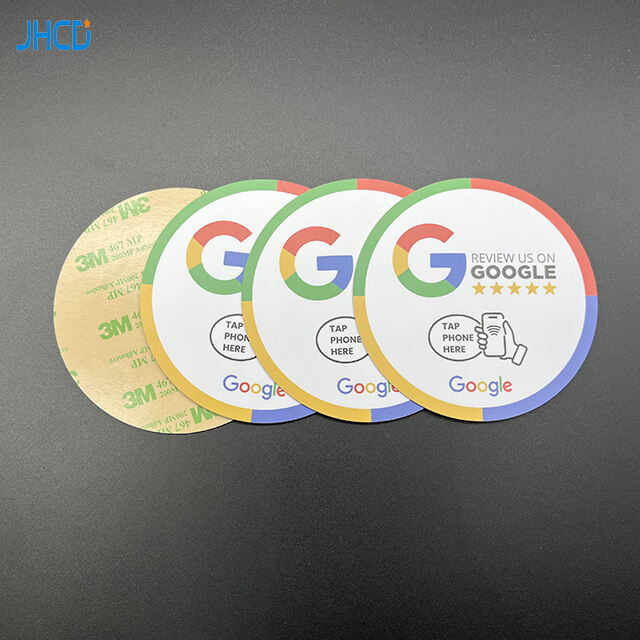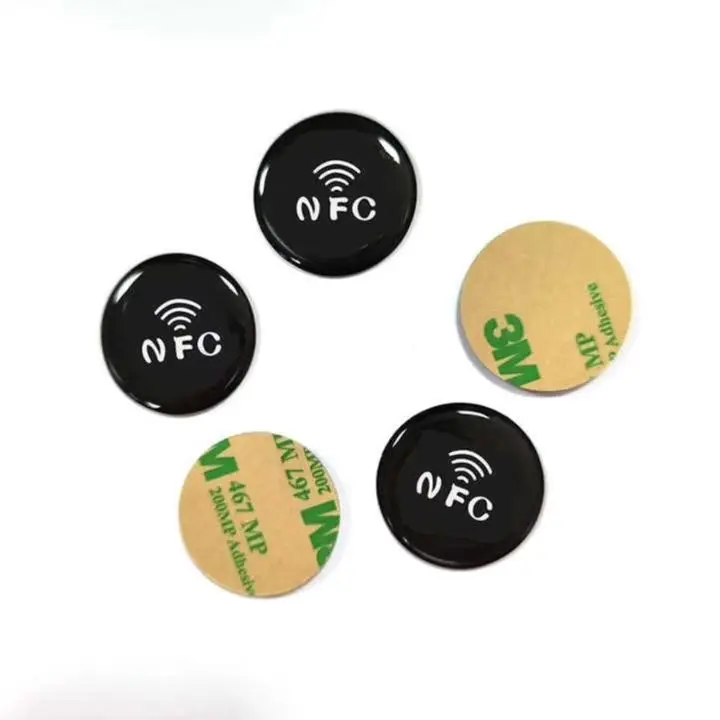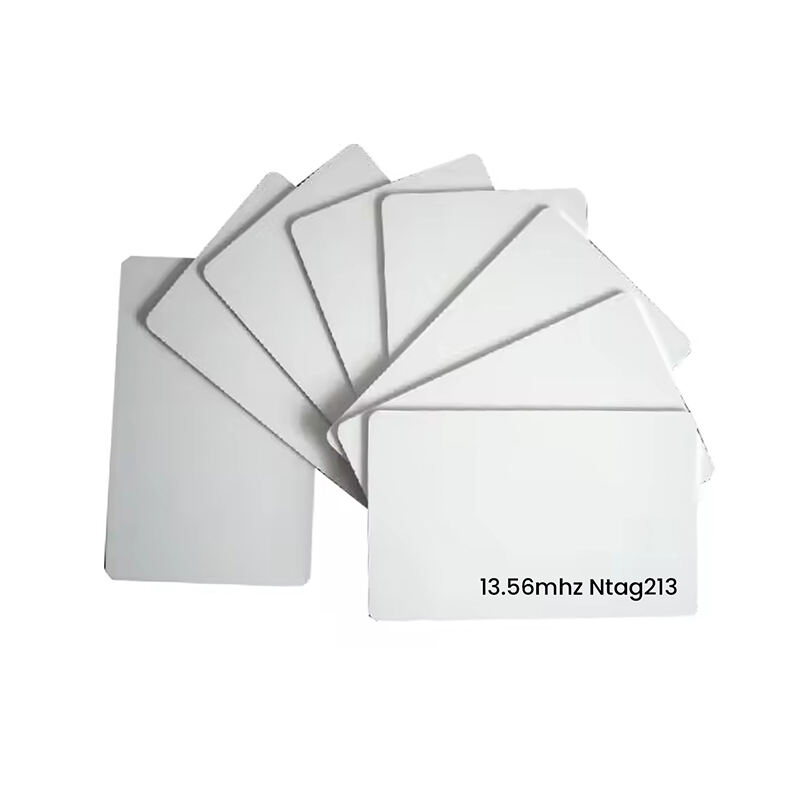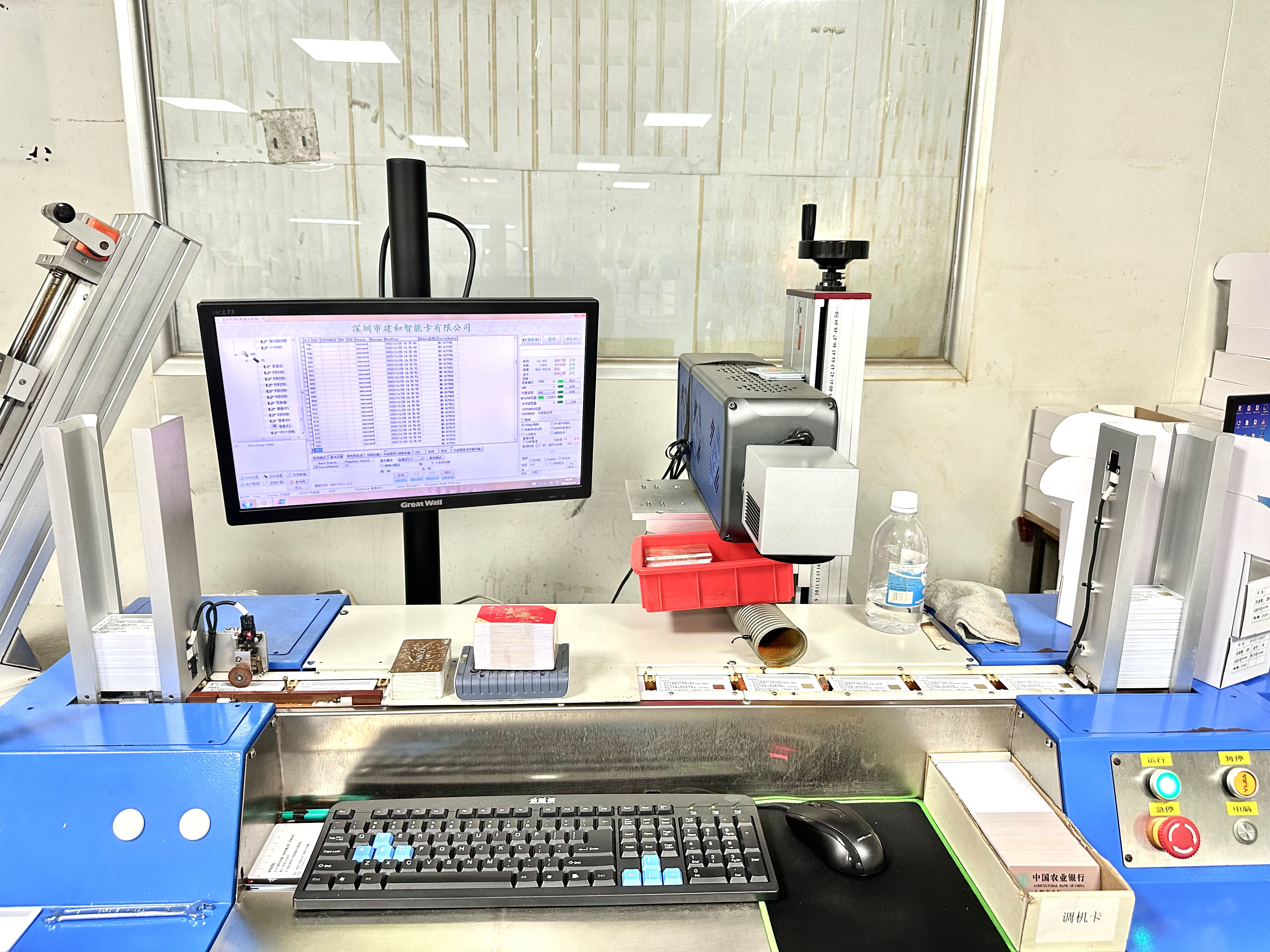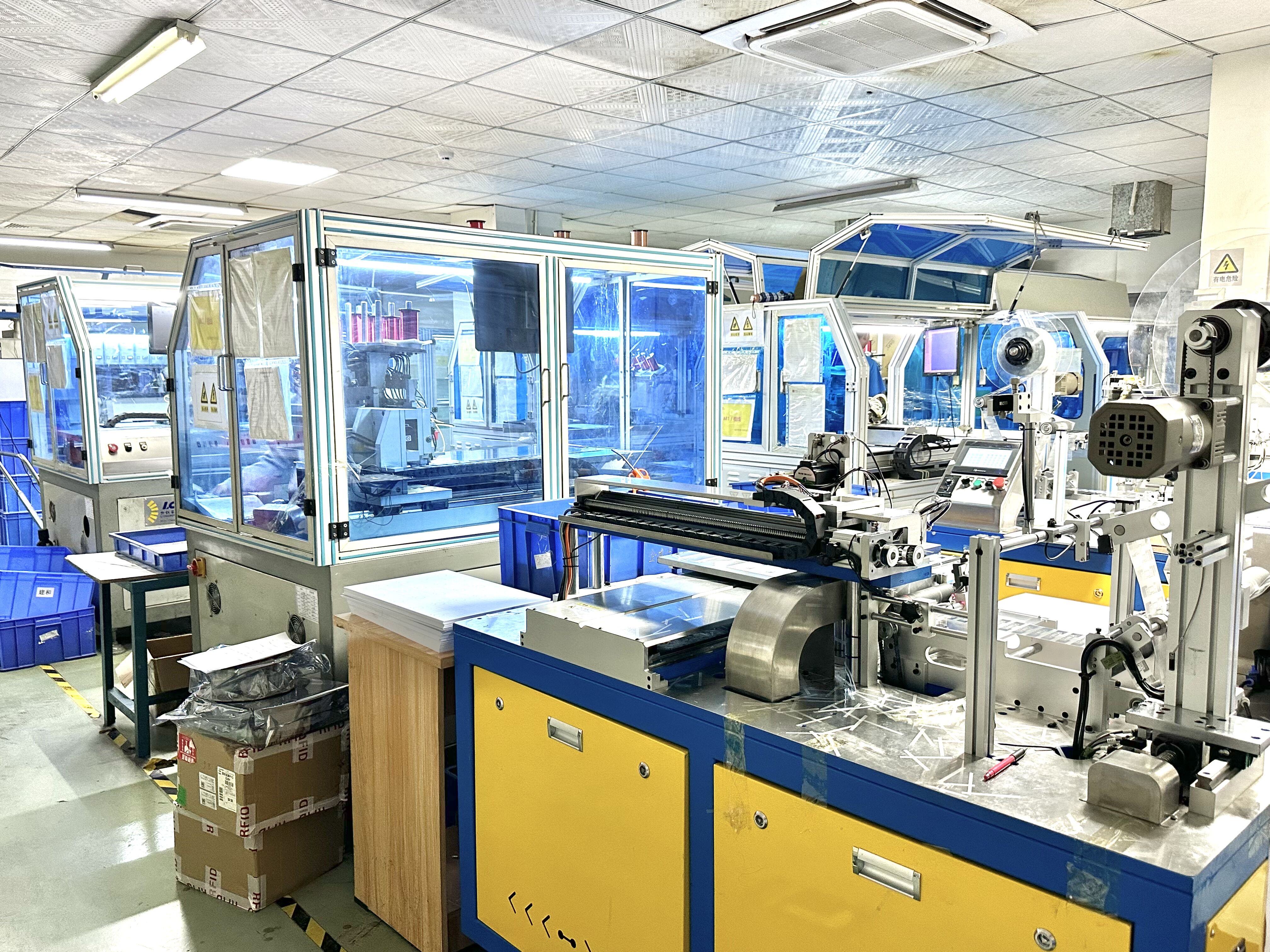Types of RFID Tags You Should Know
asset tracking rfid tags | Custom Business Cards & UHF PVC Solutions
RFID Tag Frequencies: LF, HF, and UHF Explained
Low Frequency (LF) RFID Tags
Low Frequency (LF) RFID tags operate in the 125-134 kHz range, providing an ideal solution for environments where short read ranges of up to 10 cm are beneficial. Their robustness against moisture and metals makes them reliable, especially in industrial and outdoor conditions. Common applications include animal tracking, where these tags are often embedded under the skin of animals for precise identification, and access control systems where proximity cards are used. In comparison to other RFID frequencies, LF's excellent performance in metal-rich environments stands out. While they might have a shorter read range, LF tags offer dependable performance in specific settings that demand resilience over range.
High Frequency (HF) RFID Tags
High Frequency (HF) RFID tags, operating at 13.56 MHz, offer a read range of up to 1 meter and are frequently used in applications requiring decent read distances and fast data transfer rates. These characteristics make them a popular choice for library book tracking systems and contactless payment solutions, such as those using NFC technology. HF RFID tags like smart cards and tickets utilize 'nfc tags' and 'rfid stickers' for seamless transactions and identity verification. The advantage of HF tags lies in their ability to securely and efficiently manage data, making them invaluable in sectors where data integrity and transmission speed are critical.
Ultra-High Frequency (UHF) RFID Tags
Ultra-High Frequency (UHF) RFID tags operate between 300 MHz and 3 GHz, offering extended read ranges of up to 12 meters and making them suitable for sectors such as logistics and inventory management. Industries leverage UHF RFID for their logistical prowess, using 'rfid security tags' to enhance tracking accuracy up to 99%. This technology streamlines operations by providing real-time data, ensuring accuracy in stock levels and facilitating rapid inventory turnover. With their robust tracking capabilities, UHF RFID tags lead to improved operational efficiency and accuracy, underscoring their importance in sectors focused on large-scale asset management and supply chain optimization.
Battery-Free Passive RFID Tags
Passive RFID tags have remarkable benefits due to their battery-free nature. They operate by harnessing energy from the reader’s radio frequency signals, eliminating the need for an internal power source. This makes them highly cost-effective and durable, with a common lifespan significantly longer than active tags. These characteristics are particularly advantageous in applications such as inventory tracking and asset management, where reliability and low cost are critical. Unlike active RFID tags, passive ones excel in environments where the tags remain static, and high durability is a priority.
Self-Powered Active RFID Tags
Active RFID tags, distinct from passive tags, come equipped with an internal battery that provides power independent of the reader’s energy. This allows them to offer longer read ranges and support real-time data capabilities, making them ideal for high-value asset tracking and vehicle monitoring. An active RFID tag can transmit signals over distances extending hundreds of meters, offering real-time location updates. This is invaluable for tracking vehicles in large facilities or keeping tabs on expensive machinery. Despite their higher cost and limited lifespan due to battery consumption, active RFIDs are indispensable where range and continuous updates are of prime importance.
Specialized RFID Tag Types for Unique Applications
RFID Stickers for Flexible Labeling
RFID stickers offer a versatile solution for labeling across various scenarios, making them ideal for industries like retail and product packaging. These stickers simplify the process with their adhesive properties, allowing for easy application and removal. They are designed to adhere securely to surfaces without compromising the integrity of the RFID tag, suitable for items ranging from clothing to electronics. The flexibility of RFID stickers enables retailers to manage inventory more efficiently and personalize labeling as per changing requirements.
RFID Security Tags for Anti-Theft Systems
RFID security tags play a pivotal role in theft prevention within retail environments. These tags are integrated into items to trigger alarms if unauthorized removal is detected. The advantage of deploying RFID security tags is evident in the reduction of theft and loss prevention, enhancing overall security. Statistical data indicates a significant decrease in retail theft incidents where RFID systems are employed. According to a study conducted by Loss Prevention Magazine, stores utilizing RFID theft prevention witnessed a drop in shoplifting incidents by 20-30%, showcasing the effectiveness of these security measures.
Small RFID Tags for Compact Tracking
Small RFID tags are designed for compact tracking applications in space-constrained environments like healthcare and automotive sectors. These diminutive tags allow for efficient asset tracking without occupying excessive space, crucial in settings where every inch counts. Technological advancements have enabled these compact tags to maintain full functionality despite their size reduction. Innovations have improved the data transmission rate and signal stability, essential for critical operations in medical institutions and car manufacturing. The versatility of small RFID tags makes them indispensable for precise monitoring in demanding spaces.
Innovative RFID Solutions: Product Showcase
RFID/NFC Wood Card: Eco-Friendly Customization
In today's eco-conscious market, the RFID/NFC Wood Card stands out as a sustainable alternative for businesses aiming to emphasize their commitment to the environment. These cards are crafted from degradable or recyclable wood materials, aligning with green packaging trends and sustainable development goals. Brands can leverage the natural texture and color of wood to create a unique identity, while also customizing card features such as size, chip type, and patterns to match their branding requirements. The integration of RFID or NFC technology not only supports efficient data management but also reinforces an eco-friendly brand image.
Long Range UHF RFID Inlay Label: Logistics Optimization
The Long Range UHF RFID Inlay Label significantly enhances logistics operations by improving data accuracy and processing speed. With the capability to read multiple tags simultaneously over long distances, UHF RFID technology reduces inventory processing times by up to 50%. This efficiency is crucial for large warehouses and retail environments, where quick and accurate inventory tracking is essential. By streamlining supply chain processes and minimizing manual handling, these labels contribute greatly to operational efficiency and cost reduction.
RFID Key Fob: Durable Access Control
The RFID Key Fob is a versatile and durable access control solution ideal for corporate environments. Its compact design ensures portability, allowing users to attach it to keychains or bags for easy access. Engineered from robust materials, the key fob is resistant to water, dust, and vibrations, providing reliable performance in challenging conditions. Advanced encryption within the RFID chip secures data transmission, ensuring that sensitive access information remains protected. This product exemplifies the blend of convenience and security necessary for modern organizational access systems.
Dual-Frequency RFID PVC Cards: Multi-System Compatibility
Dual-frequency RFID PVC cards offer businesses the flexibility to operate within multiple RFID system environments, accommodating both HF and UHF requirements. These cards provide a seamless transition between different systems, eliminating the need for multiple cards and facilitating integration into existing security infrastructure. With customizable options in size, shape, and printing, these cards ensure versatility while maintaining the necessary security features for diverse operational needs.
UHF Blank PVC Cards: High-Speed Inventory Management
The implementation of UHF Blank PVC Cards is particularly beneficial for industries demanding rapid inventory turnover and detailed tracking capabilities. These cards provide high-speed data reading, which significantly enhances inventory management processes by reducing manual entry errors and improving overall productivity. Successfully integrated into logistics and supply chain operations, these RFID tags are pivotal in ensuring accurate and real-time tracking of goods as they move through the supply chain.
Choosing the Right RFID Tag for Your Needs
Key Factors: Range, Environment & Cost
Selecting the appropriate RFID tag is crucial for maximizing efficiency and meeting operational needs. The factors influencing this choice primarily include range, environmental conditions, and cost considerations. First, the range of an RFID tag determines the distance at which it can effectively communicate with a reader, making it essential to choose a tag with the right operational range for your specific application. According to a study by RFID Journal, passive RFID tags, such as [rfid sticker](https://www.rfidjournal.com/articles/view?2835), typically have shorter ranges, up to 6 meters, while active tags can reach up to 100 meters. Environmental conditions also play a pivotal role; tags must be resistant to elements like moisture, heat, or extreme cold. For example, a logistics company might choose ultra-high frequency (UHF) tags like the [rfid security tag](https://www.rfidjournal.com/articles/view?2825) for its warehouse, as they are adept at handling various environment challenges. Cost remains a significant factor; businesses must balance between initial investment and the long-term benefits gained from efficiency savings or improved asset tracking.
Industry-Specific Use Cases
RFID technology's versatility allows it to cater to diverse industry needs, each requiring unique solutions. Various sectors leverage RFID, from healthcare to logistics, each with tailored applications that demonstrate its adaptability. In healthcare, case studies from hospitals utilizing RFID for inventory management show improved stock accuracy by 50%, reducing wastage and ensuring timely availability of critical supplies. Industries like retail implement small RFID tags in merchandise to optimize supply chain management, enhancing customer satisfaction with instant access to stock information. Meanwhile, the logistics sector benefits from RFID's ability to streamline processes through automated tracking, reducing manual errors and improving efficiency. Testimonies from businesses show time savings of up to 30% in inventory processing tasks, highlighting the technology's significant impact. Therefore, understanding these industry-specific needs and successful implementations helps businesses select RFID solutions that effectively address their challenges.
FAQ
What are the main differences between LF, HF, and UHF RFID tags?
LF tags operate at 125-134 kHz with short read ranges up to 10 cm, HF tags at 13.56 MHz with read ranges up to 1 meter, and UHF tags operate between 300 MHz and 3 GHz with extended read ranges up to 12 meters. Each frequency responds differently to metal and moisture, affecting their use in various environments and applications.
What applications are suitable for active RFID tags?
Active RFID tags are ideal for high-value asset tracking and vehicle monitoring due to their longer read ranges and real-time data capabilities enabled by an internal battery. They are used in large facilities where continuous updates are required.
Why are passive RFID tags considered more cost-effective?
Passive RFID tags are battery-free, using energy from the reader’s signals, making them cheaper and more durable. They are suitable for environments where tags remain static, and high durability is needed without ongoing power requirements.
How do RFID security tags prevent theft?
RFID security tags are integrated into items to alarm systems of unauthorized removal attempts, significantly reducing theft incidents in retail environments. They help enhance security measures effectively and are proven to decrease shoplifting rates by 20-30%.

 EN
EN
 RU
RU DE
DE FR
FR JA
JA KO
KO ES
ES IT
IT PT
PT AR
AR


